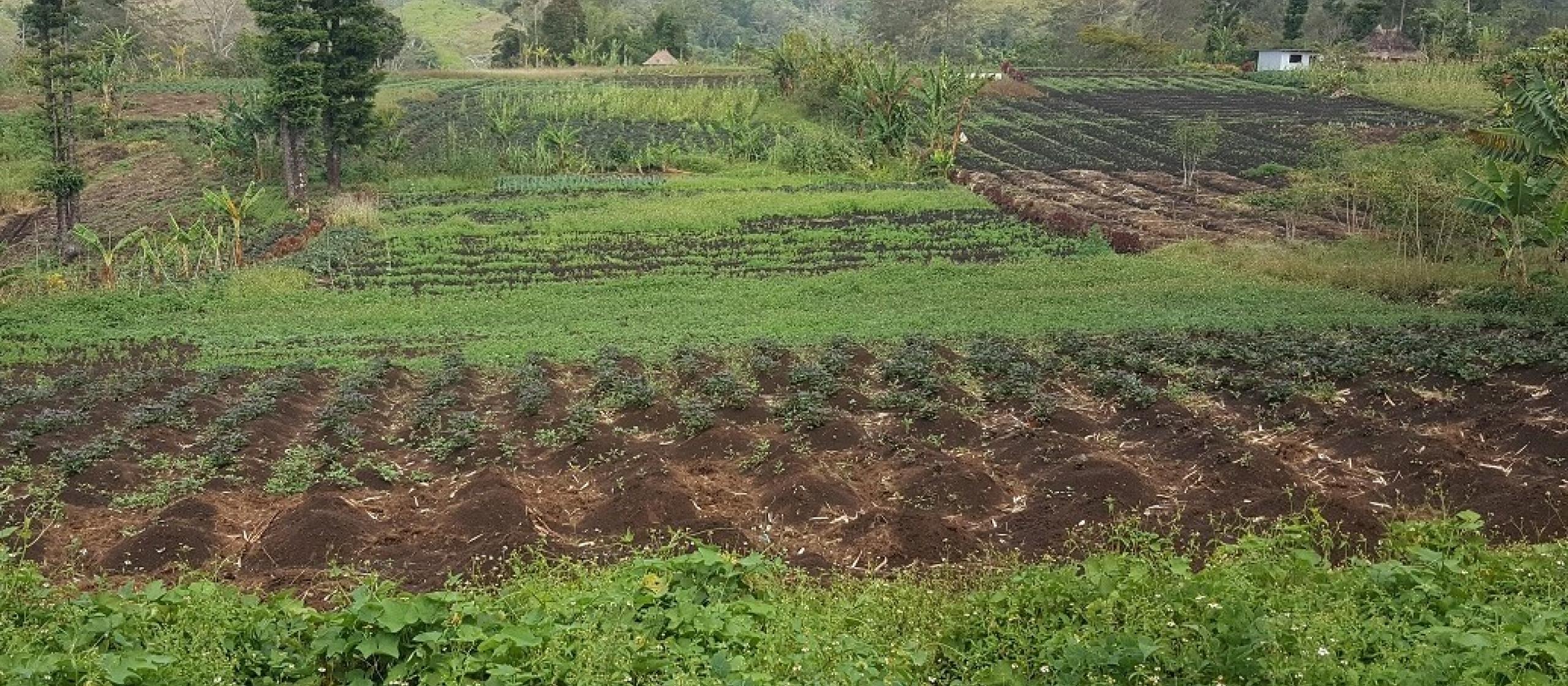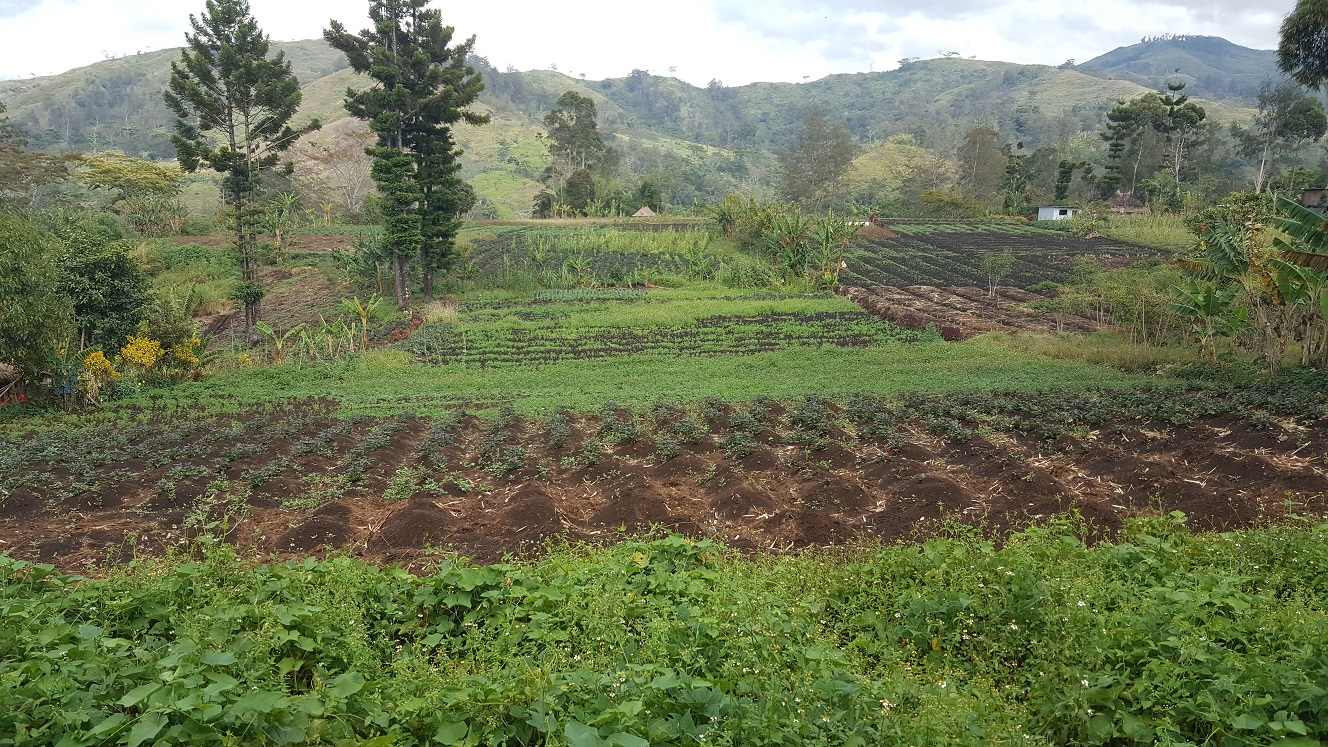- HomeHome
-
About ACIAR
- Our work
- Our people
-
Corporate information
- ACIAR Audit Committee
- Commission for International Agricultural Research
- Policy Advisory Council
- Agency reviews
- Executive remuneration disclosure
- Freedom of information (FOI)
- Gifts and benefits register
- Information publication scheme
- List of new agency files
- Contracts
- Legal services expenditure
- Privacy impact assessment register
- Commonwealth Child Safe Framework
- Benefits to Australia
- Careers
- 40 years of ACIAR
-
What we do
- Programs
- Cross-cutting areas
- Resources
- Where we work
-
Funding
- Research projects
- Fellowships
-
Scholarships
- John Allwright FellowshipScholarships to study in Australia for ACIAR partner country scientists to have Australian postgraduate qualifications
- ACIAR Pacific Agriculture Scholarships and Support and Climate Resilience Program
- Alumni Research Support Facility
- Publications
- News and Outreach
Date released
30 October 2019
Improved seasonal weather forecasting in Papua New Guinea is helping smallholder farmers prepare for extreme weather events such as drought.
In 2017 Dr Sergie Bang reached out to ACIAR for new insights.
In his approach the Director General of Papua New Guinea’s National Agricultural Research Institute (NARI) detailed the many ways in which his country continued to reel from the effects of one of the worst El Niño-induced droughts in history, which had started two years earlier. In a country where 80% of the population depends on rain-fed farming and more than three-quarters of food consumed is locally grown, the drought had caused widespread hunger, malnutrition and in some cases even death due to starvation. Then when the dry period had seemed to be over and farmers in the Eastern Highlands had planted sweetpotato, these recovery crops had been crushed by unseasonal frosts.
‘We want fewer Papua New Guinea [PNG] people dying from starvation caused by climate change,’ says Dr Bang.
ACIAR quickly mobilised. The Social Sciences Research Program led by Dr Jayne Curnow set up a meeting between Dr Bang and 20 of Australia’s leading scientists in the field of weather prediction and climate change. One of them was Dr Steven Crimp, a climate applications scientist at the Australian National University (ANU).
‘I was initially surprised by the scale of the impact [in PNG],’ he says, adding that Bang’s stories and local media accounts and peer-reviewed literature detailing the dire situation in the country’s highlands ‘strengthened my resolve to help these communities establish improved preparedness to climate variability’.
Seasonal weather forecasting in PNG
After the meeting, ACIAR commissioned Dr Crimp to begin a scoping study on seasonal weather forecasting in PNG. Two of the key publications that informed his work were a 2016 study conducted by ANU’s Dr Mike Bourke which analysed the impact of the 2015–16 El Niño on rural food production and supply and a 2017 report produced by Bernard Broughton regarding local, national and international responses to the event.
‘Those findings gave us a baseline,’ says Dr Crimp. For instance, Dr Crimp learned that any information communicated with farmers should consider not just which crops to grow but also how to prepare the land for different growing seasons. Offering recommendations on the ideal proportion of crops to grow is important but so, too, is providing guidance on demand irrigation, given that rainfall in PNG, while abundant, can be unpredictable at times. Ensuring that water-sensitive crops are watered regularly can significantly boost production.
With Bourke and Broughton’s research in mind, Dr Crimp’s scoping study focused on how farming in PNG could change to improve food security outcomes, which forecasting systems could lead to the development of useful advice for farmers and what sort of information the communities were most comfortable accessing and circulating among themselves. ‘The study was completed in December 2017 and what came out of that was a set of ideas that we developed in a full project proposal commissioned by ACIAR,’ says Dr Crimp.
Extending forecasts to engaging with farmers
Having started in May 2019, the full 4.5-year project led by Dr Crimp will operate in three case-study regions: the Eastern Highlands (Asaro Valley), Morobe (Markham Valley) and East New Britain (Kerevat).
The project will build an understanding of the ‘knowledge landscape’ of how communities access and process climate information. Then it will create engaging activities with farmers (including the promotion of climate-smart agriculture) and establish field trials in three locations to demonstrate the value of providing climate forecast information to farmers. Using what it learns, the team will then determine ways to scale out its work to help more people.
To map that knowledge landscape, Dr Crimp will build on earlier work which was supported by the Australian Government Department of Foreign Affairs and Trade (DFAT) to build on a household survey, an individual survey, and the purchase and deployment of weather stations.
The surveys will aim to answer where and what information on seasonal climate forecasts communities are able to access, how confident they are in that information and how it’s being used to manage food production. As part of this they will consider differences according to gender.
Across the three case study regions the household survey will be run in 30 households. The individual survey, which has already been taken by 900 farmers—450 men and 450 women—in the Asaro and Markham valleys, will be extended to an additional 450 farmers in Kerevat.
Gender preferences
Some of the data from the 900 surveys has already been analysed.
Researchers found that while the church played a key informal role in the exchange of climate information, that institution (along with community groups) was more valued by women. Women said they had ‘a significant amount of confidence’ in the information coming from these sources.
In contrast, men trusted community groups and their own observations of the weather, with results suggesting low confidence in the agriculture and government extension groups despite relying on these sources the most. Some of the information that most interested women (such as drought and the likelihood of having sufficient rain when their crops needed it) also factored high on the list for men. However, when it came to information on climate extremes, men were more interested than women.
In terms of accessing information, Dr Crimp noted that only one female respondent read the newspaper for climate news and a ‘much lower’ representation of women received climate information via mobile phones compared to men.
Dr Crimp and his colleagues have already developed some seasonal climate forecast calendars based on the outcome of the surveys showing geographical differences between farmers in the Asaro and Markham valleys. For instance, farmers in the highland region felt a stronger sense of connectedness so were more likely to share climate information compared to those living in the Markham Valley. Dr Crimp attributes this difference to the stronger church and community group presence in the former.
Farmers saw seasonal climate forecasts as very important for the months of January, June, July and September, and less important in other months. ‘Those were really important times the participants identified for land preparation,’ says Dr Crimp. When gender was considered, female farmers had a much broader interest than men in accessing climate information throughout the year. January, March, June, August and September were the months when women were interested, whereas most men prioritised June and July.
‘These findings are already starting to inform the design process for us,’ says Dr Crimp. ‘Initially we thought we would rely on radio, newspaper and mobile phones for the dissemination of information but we discovered that we need to also have someone from our extension group physically exchange the information for farmer advisory information with church and community groups to ensure it’s getting the best penetration possible in the communities.’
Targeting resilient, climate-smart agriculture
To engage with farmers on climate-smart agriculture, researchers at NARI and the PNG Government’s Fresh Produce Development Agency will use ACIAR’s participatory agricultural innovation platform approach.
‘We will examine what has and has not worked in countries where climate-smart agriculture has been undertaken and determine what elements will be best applied in the PNG context,’ says Dr Crimp.
The approach will elicit and extend information to rural communities, with those responses to be used later to inform the development of field trials. As part of the extension component of the approach, farmers will learn how to interpret the existing seasonal forecast, deal with probabilities and eventually receive the field trial results to enable them to determine the value of using the farm advisory.
Climate forecast informed management
Field trials will run at the three NARI headquarters located in the Eastern Highlands (Aiyura), Morobe province (Lae) and Kerevat (East New Britain). The trials will be set up using both current best practices and climate-forecast-informed management practices to allow farmers to see the differences the two practices have on harvest yields.
Finally, Dr Crimp and his colleagues will develop a specific set of methodologies to capture the impact of their research and calculate how to scale and operationalise their research within PNG.
'Pivotal to all of that is the climate change development authority in PNG,’ says Dr Crimp. ‘Because it already coordinates with a range of expert panels and other action groups, we’ve asked it to examine opportunities for the project outcomes to be highlighted to these groups so we can potentially examine ways to scale out the activities beyond the three case study regions.’
This will help to make sure more farmers have access to and use information that can help them manage their crops in a way that minimises the harm weather events can have on harvests and, therefore, people’s access to food.





